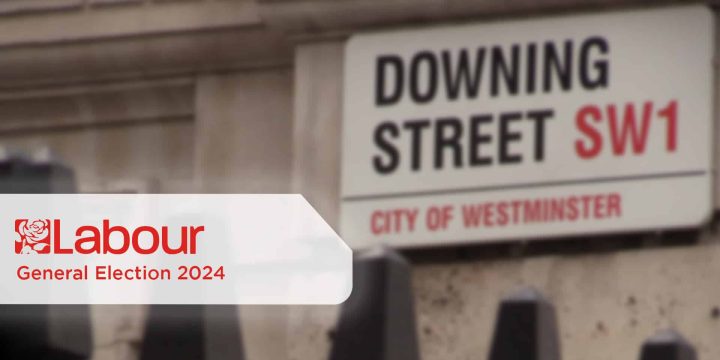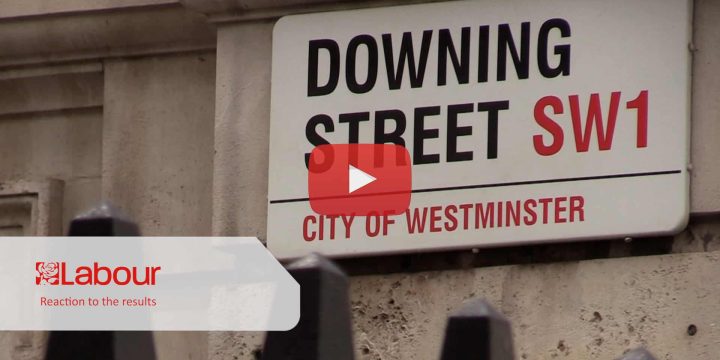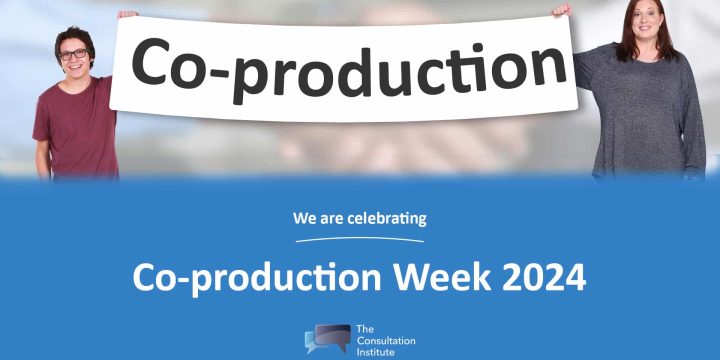News & Insights
Digital decision-making: challenges and the road forward
This week, we saw Parliament return to in-person voting after the government called an end to the successful online voting system that they had previously put in place to attempt to mitigate the risks of coronavirus infection in Parliament. Quite apart from the spectacle of 650 MPs queueing at an appropriate social distance for 1.5km around Westminster to vote, this got us thinking about the potential implications for decision-making in a socially distanced world.
The question is a lot broader than just Westminster. All over the world decision-makers have been having their processes changed and challenged. In principle of course, there is no reason that decision-making needs to change markedly. If this crisis has shown one thing it is that many of the things that once were confined to office spaces and professional environments can take place perfectly well from homes and unusual improvised work-stations (I for one have been having a lovely time recording voiceover for some of our training courses from an improvised studio in my flat made up of a towel, a clothes-horse and some bed linen). But in many ways, decision-making is a different ball-game from the quiet work that many people do during their working hours.
There is something special in the face-to-face, particularly when making decisions. The ability to read one’s interlocutor, to pick up on the minor physical and facial clues that subtly let us know that we are close to reaching agreement, or drifting further apart. Psychologists have known for decades that we rely on such things far more than our conscious brains are aware. The ability to pick up on body language is certainly stymied when you are decision-making over a webcam that picks up only the face and upper shoulders of your fellow councillor or other party.
It is also much more difficult to have the sort of sparky back-and-forth that contributes so much to debates and decisions online. Which of us has not over this period anticipated a vigorous conversation only to have it interrupted by a dodgy internet connection, or that awkward situation when nobody knows whose turn it is to talk so you end up with a discordant and incomprehensible clashing of voices. The process of good dialogue and deliberation that we at the Institute believe is so valuable to the decision-making process is hampered significantly.
There are particular groups for whom it is a greater problem too. Some people may not have easy access to the internet or technologies that allow them to fully participate in the process. The risks of this should not be underestimated, particularly at the moment. Better decisions are made with a wider and more diverse range of people present in the room and though great strides have been made in internet accessibility, it’s still not quite ubiquitous.
There is also the human factor; the ill-defined thing that I think many have started to notice over this period; the simple feeling of having another human being actually present in the room, as opposed to projected in 2 dimensions on a screen. The psychological value of knowing that the decision you are making is one that affects another human being, maybe even the one who is standing physically in front of you makes it much more difficult to dissociate yourself from the end-results of that decision. It is easy to dismiss things you see on a screen- after all so much of what we see on screens is fiction or things so distant they don’t affect us. It is far more difficult to dismiss factors in good decision-making when they are there in a physical form.
That is not to say of course that we shouldn’t be striving to find more advanced forms of social discourse. Consultors and people involved in public engagement should be constantly questing for new and improved ways to improve accessibility and outreach. It’s also not to dismiss the digital in any way- this emergency has proved its value as part of administrative processes. But we’re probably not quite ready to go all the way over to digital democracy and decision-making quite yet. The conversation however has been opened; its gates forced by the straits in which we find ourselves. We’re certainly looking forward to being part of that debate, and we hope you might walk that path with us too.



